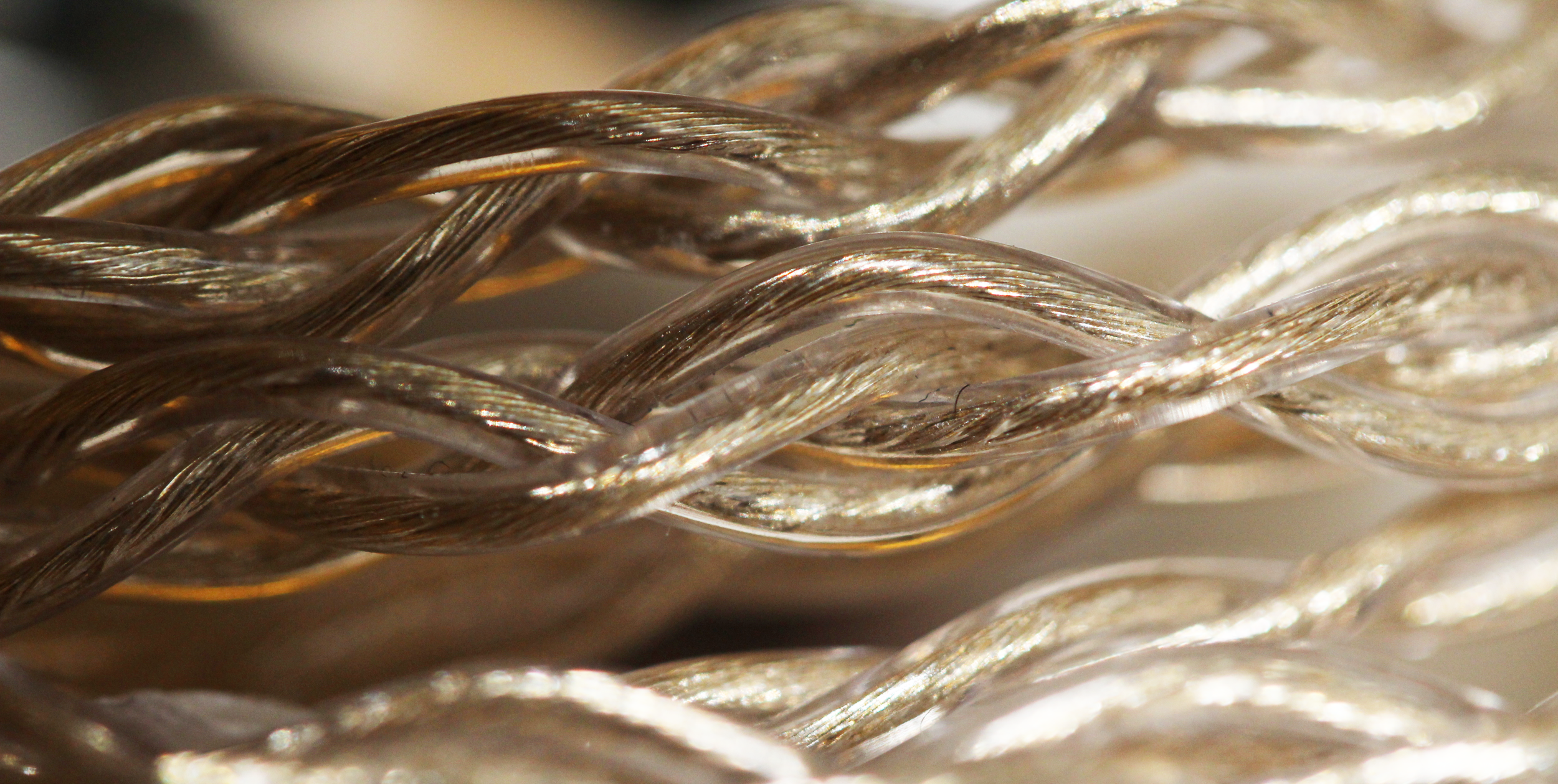Horus paints a powerfully clear image: a relatively neutral tone, ensuing from a controlled bass and lifted lower treble. Horus certainly doesn’t sound warm, but refrains from sounding bright; it primarily sounds clear, with a smooth top end. Neutral tends to have an anodyne connotation; but when done right, there’s beauty to be found in achieving balance. Down low, Horus’ bass plays a crucial role in determining the tone, as well as the stage structure. Horus combines a marginal improvement in bottom-end extension with an attenuated upper-bass, directing focus to the lowest region of the bass. The result is a tight and resolved bass, with a dynamic and impactful low end. Even so, in overall quantity the bass remains close to neutral. In addition, the tone of the mid-bass isn’t overly warm. Rather, the bass provides a clean hit, with excellent control. Furthermore, by attenuating the upper-bass, Horus’ treble becomes relatively more prominent. The result is a transparent sound, with a controlled touch of sparkle.
Equally important perhaps, is the instrumental role of the bass in determining the stage. While Horus doesn’t necessarily construct a significantly larger stage, it has an uncanny way of making it feel more spacious due to the quality of the image. Tightening the bass not only results in an especially airy stage, but a more distant stage positioning of the bass. Accordingly, the presence of the bass interferes less with the layering, effectively resulting in a more organized instrument positioning. So while the depth itself doesn’t necessarily improve in term of dimensions, the perception of depth improves by means of the quality of the stage; the stability of the background blackness, the precise imaging, and the clean space between the instruments: a stable, holographic image. As a result, instruments positioned in the rear become more apparent due to their precise fixation, and improved transparency. In sum, while the absolute dimensions do not necessarily increase, the quality of the stage does, resulting in a greater net effect in terms of separation and detail, than would occur from simply widening the stage.

Although Horus’ midrange can primarily be defined as clear, resolved, and transparent, it manages to retain a relatively natural timbre. While the lower treble is lifted, Horus improves the definition of the image by extending the upper treble, rather than increasing it. Important, as a linear upper treble is crucial for maintaining the balance with the midrange. Instead, the lower treble provides a beautiful touch of sparkle to its instruments, although the overall tone isn’t overly bright altogether. In addition, Horus retains a bodied instrument presentation, although its lower midrange is a bit laidback. As a result, the vocal reconstruction is a bit leaner, and geared towards articulation rather than body and weight. Granted, the warmth of the tone is reduced in comparison to a stock cable; but it maintains a relatively neutral and smooth midrange presentation.
Even so, Horus depends on the source, besides the earphones, for the naturalness of the tone. When paired with a warmer source like my RW AK380cu, Horus maintains a lightly warm tone and a fairly accurate timbre, with a subtle touch of sparkle. By taking a step back, the upper-bass allows the midrange and treble to shine, both in terms of timbre and transparency. With my brighter and more transparent modded WM1Z, Horus provides a brighter tone, and unapologetically detailed sound. A delightfully sparkly treble, and truly magnificent to hear for treble-oriented enthusiasts. I personally either tend to pair Horus with the AK to provide a touch of clarity to warmer, natural-sounding iems as the Prelude, 8.2, or 5-Way; or, I go in the completely opposite direction, pairing the Sony with brighter iems as the A18 or Zeus, to maximize a more invigorating and energetic sound.

The best way to summarize Horus perhaps, is a linear signature with a beautiful touch of sparkle, providing crystal clarity to the sound – yet, while remaining smooth. Add high resolution, and this might well be the definition of ‘high-fidelity sound’ incarnated. Of course I can talk about the high level of detail, as for most people this will be its standout feat. But it’s only secondary to the more important matter: how it creates the detailed sound, by means of its stable black background and high resolution. The result is a powerfully clear presentation, with precise imaging. There’s clarity in the cleanliness, from which all the details appear; a certain purity in the sound. A sense of realism that follows its resolution, as a reminder of the importance of high fidelity in making the music sound true. Add outstanding stage quality, as well as excellent ergonomics, and it’s safe to conclude Horus has earned its place among the elite.
Effect Audio Horus
Design: 4-wire gold-plated silver
MRSP: $1600
Manufacturer website:
effectaudio.com



